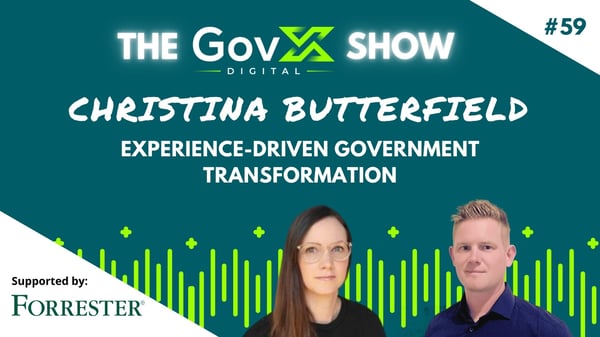ERP Success: Replying to a Challenge
I was challenged on my last blog post. It was such a good challenge that I’ve devoted this week’s blog to answering it.
The Challenge
“Regardless of politics, reducing the proportion of civil servants employed in non public-facing roles should be a good thing.”
That seems not only objectionable on the basis of evidence, but is also wrong in many ways. It’s a deeply political statement, and also not self-evident as implied.
Per Mazzucato’s fairly well established work, (The Big Con) the steady disappearing of non-public facing roles in the public sector has meant in many cases, the government is over-reliant on consultants (spent obscenely more than needed), and has failed to retain important knowledge and skills that can’t be replaced by consulting.
“Moving to cloud hosting reduces the need for staff to manage hardware, while moving to SaaS can save even more.”
This is great for vendors and consultants charging obscene fees and bearing little or no risk, but possibly terrible for the public sector in the long run.
Do you really mean those two things? Grateful for your views.
My Response
I’m going to work through these points in sequence.
First of all, I agree with the concerns about the need to retain skills and expertise in the public sector. I’ve not read Mazzucato’s book, but if the quote on the website is correct, then I tend to agree. “The Big Con of the book’s title is not a crime; it’s a confidence trick. Consultancies and outsourcers, Mazzucato argues, know less than they claim, cost more than they seem to, and — over the long term — prevent the public sector developing in-house capabilities.”
Consultancies have a place, but I think they should be to supplement and augment the civil servants, not replace them. I see a lot of good work being done on developing the concept of an intelligent client function to ensure organisations maximise the value of their ERPs. At the core, this is about ensuring that the public sector has the skills, expertise and knowledge to buy and use services effectively. I believe that civil servants can bring a deeper level of understanding of the organisations they serve, have a sense of public service, and have a passion that any consultant would find hard to match.
However, consultancies bring a number of advantages. They provide expertise and experience that may be missing in the organisation. They can also provide the additional temporary resources needed at key stages. Both these can reduce both the risk and the overall cost of the implementation by enabling you to reduce the duration of the programme and avoid expensive mistakes.
When I talked about reducing the proportion of staff working in non public-facing roles, I was thinking about the potential of sharing services to reduce duplication and the potential to automate routine tasks, freeing up people to do other more valuable work. I believe that there is huge untapped potential in both of these areas. Interestingly, of the five clusters in the Shared Services Strategy for Government, only one is planning to continue outsourcing its BPS services: all the others have chosen to retain or establish in-house services.
Professor Mark Thompson made an interesting point on this video. The examples he uses refer to citizen services provided by local authorities but could be equally relevant for back office services in central government.
On moving services to the cloud, I can only speak with any authority on ERP services. Replacing an on-premise ERP with a SaaS ERP is not like moving an application from being hosted and managed locally to a third party to look after it for you. A SaaS ERP is a fundamentally different beast.
An on-premise ERP, whether it is hosted locally, on a hyperscaler cloud datacentre, or managed by a third party, is a stable service that tends not to change for years until either a contract change or the current version goes out of support. Then there is a major project to either replace or upgrade the system to keep it going for another five years.
SaaS ERPs are constantly updated by their vendors, meaning that organisations can benefit from new features and product enhancements as fast as they can consume them. In fact most organisations struggle to keep pace with the rate of innovation provided by the SaaS ERP vendors. I suspect that few on-premise ERPs have been able to deploy Gen AI features in their ERPs, but many of those using SaaS ERPs have a large and rapidly growing range of these features available to use.
And that for me is the USP of SaaS ERP, new features and capabilities are delivered at a constant rate, enabling them to innovate and gain business value at pace.
This isn’t easy, and is worthy of further discussion, and it requires organisations to have technical, business and transformation skills in-house. Contracting out this capability, I believe, can be a mistake, because contractual terms and conditions, SLAs and KPIs can be barriers to delivering these improvements.
So done right, I believe that SaaS ERP requires that the public sector retains skills and expertise in-house. Retaining this talent against the higher salaries offered by the private sector is another conversation.





